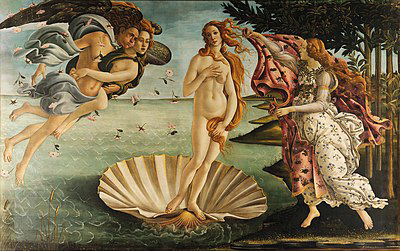
[dropcap]I[/dropcap]n an ever-changing world, one thing that remains consistent is our obsession with all things beautiful, this is reflected in what we wear, how we present ourselves and the things we surround ourselves with, whether it be art, sculpture, architecture, fashion or nature.
It is deeply engraved within our human nature to be vain and engrossed with our image and how others perceive us and this stems from a societal obsession with all things beautiful and aesthetically pleasing.
With each generation that passes, trends come and go and we make vain attempts to conform and keep up with what these trends consist of. The face of what we consider to be conventionally beautiful is volatile and changeable, yet some things will always remain the same.
A fine line exists between what we consider conventionally beautiful and what is popular at that current moment in time. Is it true to say that we would consider an attractive girl with perfectly sculpted brows and a brilliantly white pair of Fila Disruptors to be conventionally beautiful because she is reflective of what is trendy in popular culture at this time or because she is beautiful?
The idea of this kind of beauty is extremely subjective, what one person may find attractive or beautiful is based on what society is dictating to them as being popular at that current moment in time.
In a more classical sense, the traits of conventional beauty are somewhat unrealistic for regular people to try and replicate as they are heavily idealised and subjective. When artists paint, draw, sculpt or produce anything, for the most part, they are going to compose it so that it works aesthetically, not because it is realistic or because it may replicate the ugliness of real life.
Within drawings and paintings, they rarely feature traits that would be considered unattractive, and if they do, it is purely to exhibit the technical skills and mastery of the artist.
The famous quote by Oscar Wilde, saying,“life imitates art far more than art imitates life” rings true in the sense that we aspire more imitate the idealised aspects of art as we consider them to be more beautiful than real life and its trials and tribulations.
It is undeniable that what is classically beautiful will always remain to be considered that way. The ancient Greeks were renowned for omitting traits and irregularities from their sculptures that did not conform to their perceptions of the ideal body type.
It is believed that they did not even carve their sculptures whilst looking at a real life model, as there is no human figure quite as symmetrical and perfect as that of an ancient Greek sculpture.
This greatly distorts the perception we have of beauty and what it entails, we may be aspiring towards a level of beauty that is not tangible or attainable because we will simply never be as perfect as the non-human, angelic like beauty of an ancient Grecian sculpture.
The Greeks idealised the natural form in a similar way to how a photographer may use photoshop to remove blemishes and make an image look more beautiful than it is.
The human race is constantly aspiring for a level of perfection that is just beyond our grasp, the fact that Leonardo Da Vinci ruined many of his own works of art because they were not perfect enough is reflective of this.
Aine O’Boyle
Image Credit: wikipedia.com



